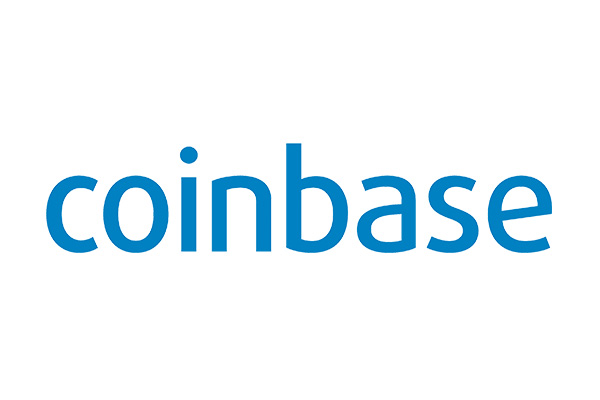AWS CloudFormation
Model and provision all your cloud infrastructure resources
AWS CloudFormation provides a common language for you to describe and provision all the infrastructure resources in your cloud environment. CloudFormation allows you to use a simple text file to model and provision, in an automated and secure manner, all the resources needed for your applications across all regions and accounts. This file serves as the single source of truth for your cloud environment.
AWS CloudFormation is available at no additional charge, and you pay only for the AWS resources needed to run your applications.
Benefits
Model it all
Automate and deploy
It's just code
How it works

Customer Videos
TechnologyOne
When breaking up an application into microservices, how do you do it fast and reliably? See how TechnologyOne did it in just a single day using AWS CloudFormation and Application Load Balancers!
Cloudreach
Adam from Cloudreach explains how Sceptre uses AWS CloudFormation to allow customers to create and manage their application environments.
Read the blog.
Lemongrass
Lemongrass introduces a new feature for their
View the architecture diagram.
FileMaker
FileMaker describes how they built a solution for SMB customers that automatically scales FileMaker to handle surge events. The solution leverages the AWS Marketplace, where FileMaker lists its software, in addition to AWS CloudFormation to deploy and resize FileMaker environments on AWS.
View the architecture diagram. View the FileMaker on-premise vs. cloud/AMI architecture.
To see more AWS CloudFormation videos visit the This Is My Architecture Page.
Featured Customers

“We use AWS CloudFormation for one-click network creation. It’s a very easy tool,” says Wise. Nextdoor also uses the Puppet automation tool for defining and building servers in AWS, and the RightScale cloud management solution for configuring and monitoring machines in the AWS cloud.

All of the company’s networks are designed, built, and maintained through AWS CloudFormation templates. “This gives us the luxury of version-controlling our network, and it allows for seamless, exact network duplication for on-demand development and staging environments,” says Witoff.

Expedia uses AWS CloudFormation with Chef to deploy its entire front and backend stack into its AWS environment.

“We are very happy with AWS CloudFormation, because it means we are able to use ‘one-click’ deployment of our whole infrastructure.”
Blog posts & articles


Visit us on the Management Tools Blog to read more on CloudFormation and other AWS Management Tools services.
Get started with AWS

Start building with AWS
Learn more about AWS CloudFormation

